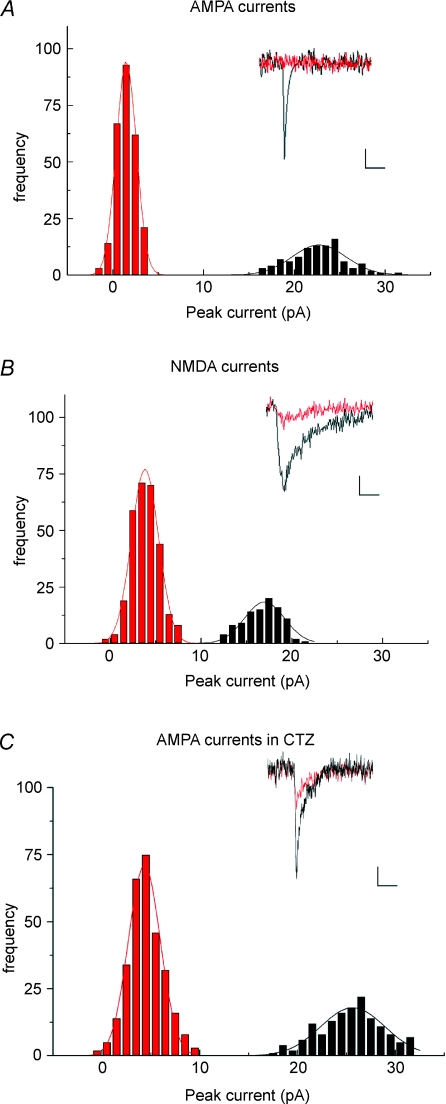Figure 3. Kiss-and-run release elicits detectable NMDA but not AMPA currents.
A, using the focal approach demonstrated in Fig. 2, the activation of AMPA receptors specifically was investigated by including CPP (10 μm) in the bathing medium to block NMDA receptors. Kiss-and-run and full fusion events were defined as being either larger than 25 fluorescence units (full fusion, black) or smaller than this (kiss-and-run, red). While full fusion events evoked robust AMPA currents, the peak currents coincident with kiss-and-run exocytosis were not different from noise. Each current trace represents the average of 5 responses from the same cell. Scale bars 5 pA, 10 ms. B, NBQX (15 μm) was included in the bathing medium to block AMPA receptors, and magnesium was removed, to probe the extent of activation of NMDA receptors. Full fusion events evoked robust NMDA currents; however, unlike AMPA, the peak NMDA currents coincident with kiss-and-run could be resolved, indicating that kiss-and-run events do result in significant levels of glutamate release. C, inclusion of cyclothiazide (CTZ) in the bathing medium unmasked a small AMPA current in response to putative kiss-and-run mediated release.

